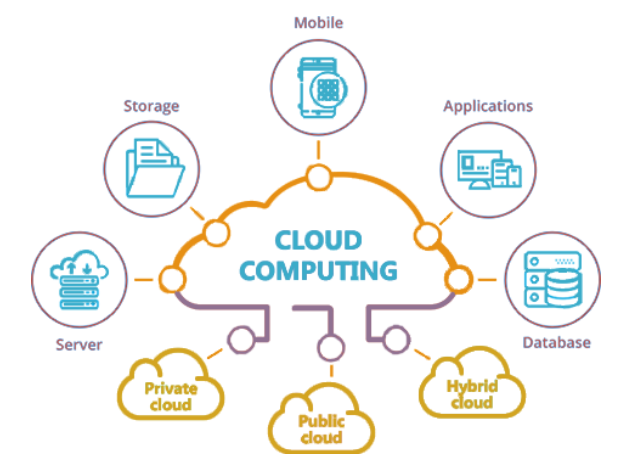Does it work? What is Cloud computing? Simply put, cloud computing is a range of services provided over the internet or "the cloud". This means using remote servers to store and access data instead of relying on local hard drives and separate data centers. Before cloud computing, organizations had to purchase and maintain their own …
Does it work? What is Cloud computing?
Simply put, cloud computing is a range of services provided over the internet or “the cloud”. This means using remote servers to store and access data instead of relying on local hard drives and separate data centers.
Before cloud computing, organizations had to purchase and maintain their own servers to meet business needs. This requires purchasing enough server space to reduce the risk of outages and outages, and to accommodate peak traffic. As a result, most of the server space is unused most of the time. Today’s cloud service providers enable businesses to reduce the need for on-premises servers, maintenance staff, and other expensive IT resources.
How does cloud computing work?
There are three types of cloud deployment models:
private cloud, public cloud, and hybrid cloud.
Private clouds provide a proprietary cloud environment dedicated to a single business entity, with physical components hosted on-premises or in the provider’s data centers. Since the private cloud is accessible only to a single company, this model offers a high degree of control. Benefits include custom architecture, enhanced security protocols, and the ability to scale computing resources in virtualized environments as needed. In many cases, an organization maintains its private cloud infrastructure on-premises while providing cloud computing services to internal users via the intranet. In other cases, the organization contracts with a third-party cloud provider to host and maintain proprietary external servers.
The public cloud uses the Internet to store and manage access to data and applications. It is fully virtualized, providing an environment where shared resources are leveraged as needed. Because these resources are delivered over the web, the public cloud deployment model makes it easier for organizations to scale. The ability to pay for cloud resources as needed is a huge advantage over on-premises servers. In addition, public cloud service providers provide strong security measures to protect user data from access by other tenants.
Hybrid cloud combines private and public cloud models, allowing organizations to leverage the benefits of shared resources while using existing IT infrastructure for mission-critical security requirements . The hybrid cloud model allows companies to store confidential data internally and access that data through applications running in the public cloud. For example, to comply with privacy regulations, an organization may store sensitive user data in a private cloud and perform resource-intensive computations in the public cloud.
Alternatively, businesses can choose to take a multi-cloud approach, meaning they use more than one public cloud service. This approach can be used to distribute workloads across multiple cloud platforms, allowing organizations to optimize their environments for performance, flexibility, and cost savings.
What are the benefits of cloud computing?
Cloud computing has gained popularity at a rapid rate as it offers a number of advantages. It is more cost-effective than an on-premises server installation and can provide faster service than a traditional installation.
In addition, cloud computing models are easy to scale. The cloud scales with your organization’s changing needs, making it easy to adapt to real-time changes in computing power requirements. The cloud is also very reliable, providing reliable data backup for disaster recovery and business continuity. Businesses that take advantage of cloud environments don’t need to maintain complex hardware or build solutions from scratch. The cloud allows teams to launch projects as soon as they receive executive approval.






